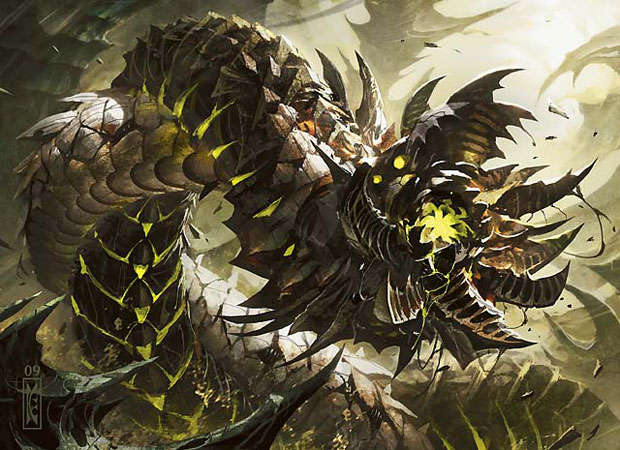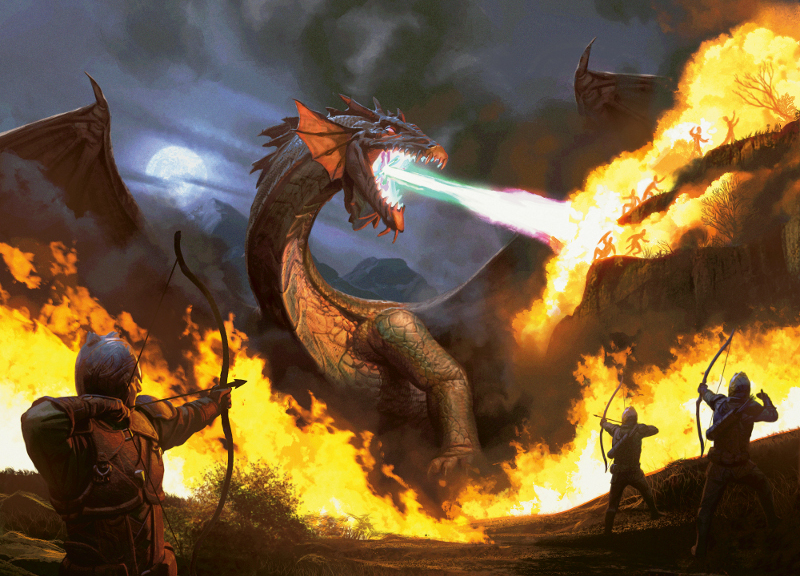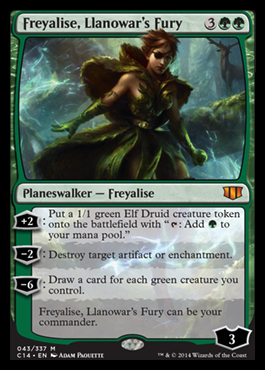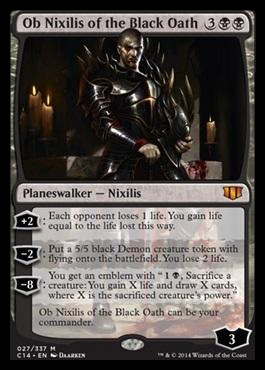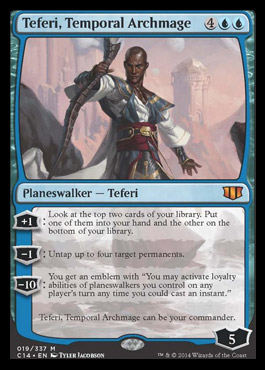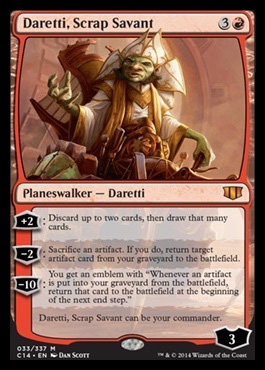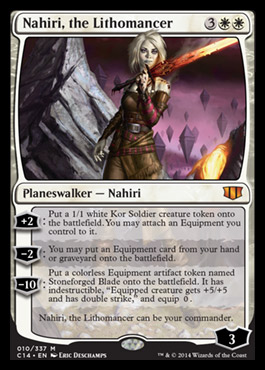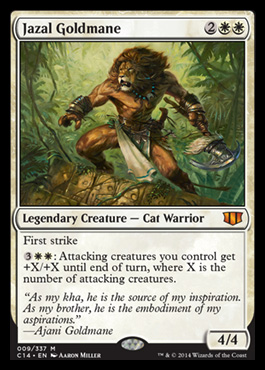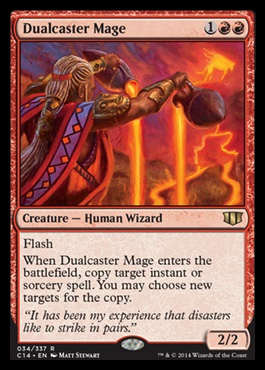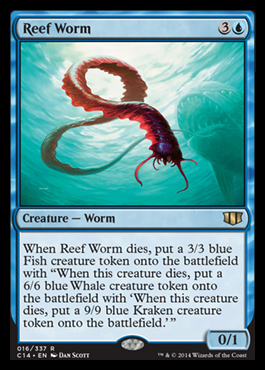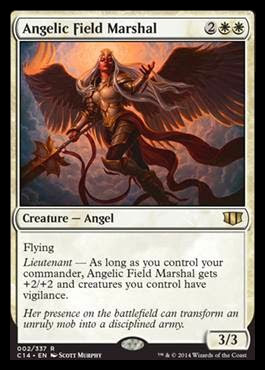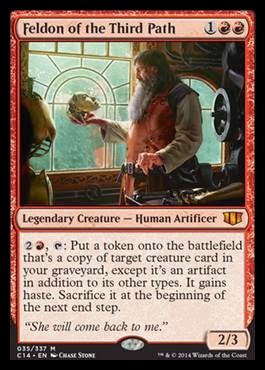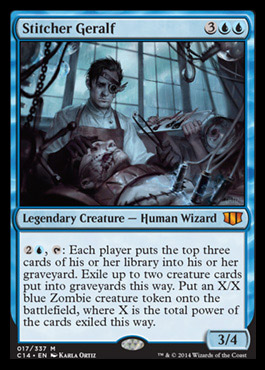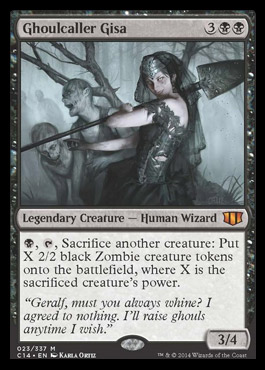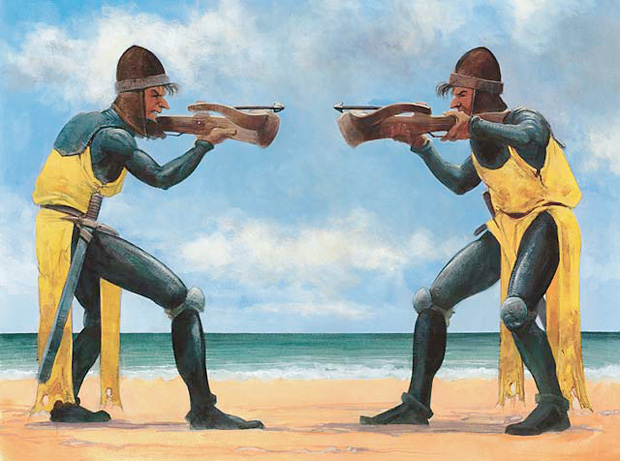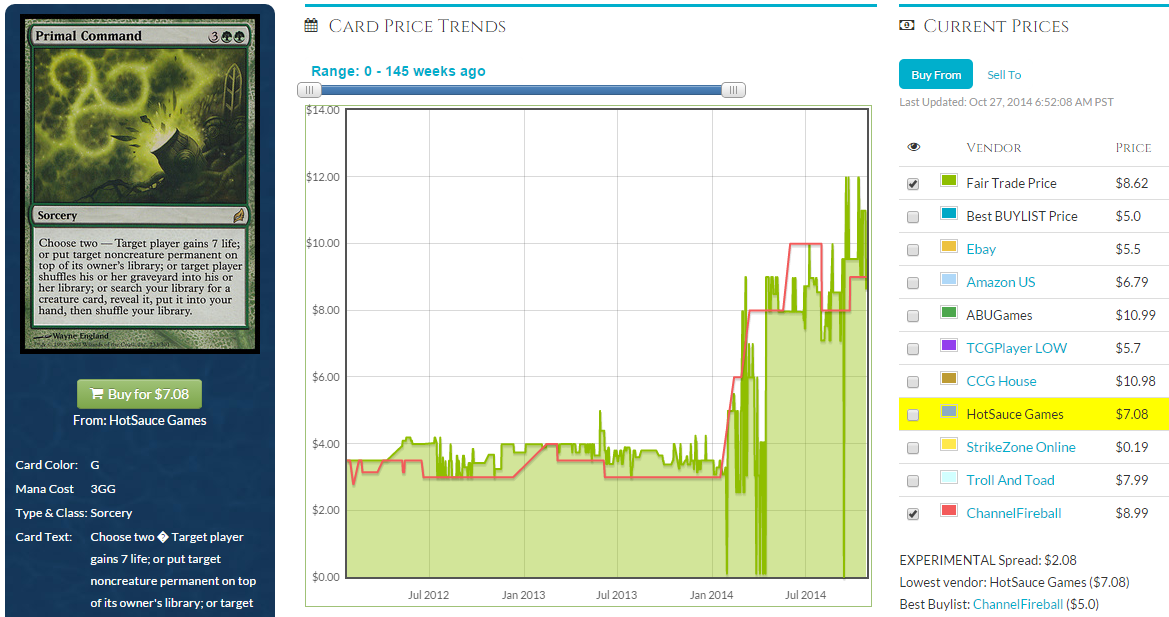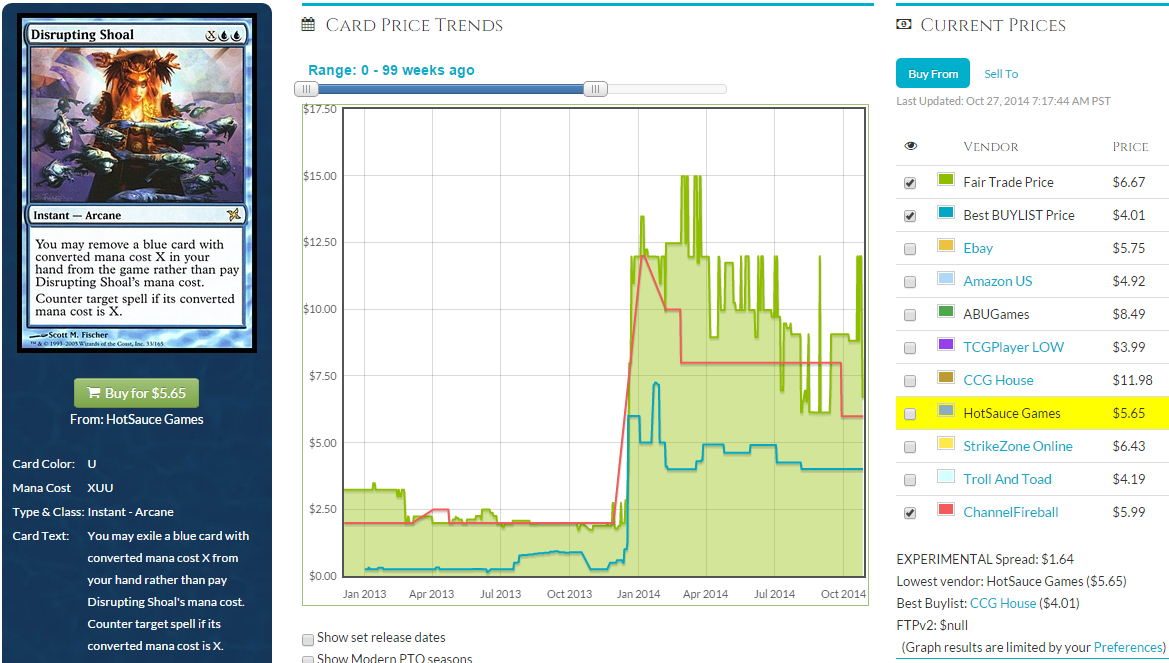By James Chillcott (@MTGCritic)
Here’s your weekly update on what’s been shifting around in price in the world of paper Magic: The Gathering this week. This week, the story continues to be about the deflation of Khans of Tarkir prices.
5 Winners of the Week
1. Chained to the Rocks (Theros, Rare): $0.81 to $1.14 (+41%)
Format(s): Standard
Chained to the Rocks is seeing play in a couple of different Standard decks and this is pulling it up a bit from it’s bottom line. As one of the strongest possible removal spells in the format, it’s possible metagame shifts could result in more upside here, though the top line is likely in the $3 range. The fact that this is our biggest gainer of the week is indicative of as strong downtrend overall in the market as the Khans cards settle to their natural lows and the lack of focus on other formats keeps prices depressed for a while longer. (One bright spot likely to cause spikes is GP: NJ Nov 14-16th which as one of the largest Legacy format tournaments of all time, should inevitably boost some trending Legacy staples short-term).
Verdict: Hold
2. Drown in Sorrow (Born of the Gods, Uncommon): $0.82 to $1.10 (+34%)
Format(s): Standard
The uses for this card as main and sideboard tech against token and aggro strategies in this Standard fall metagame are myriad. Scry 1 certainly never hurts either. This isn’t likely to become Stoke the Flames Pt 2, and selling fees are unlikely to make dumping playsets very profitable so there’s not much action here.
Verdict: Hold
3. Monastery Swiftspear (KTK, Uncommon): $1.87 to $2.23 (+19%)
Format(s): Standard
It’s a an aggro card of Legacy caliber and will likely be seen all over the room at GP NJ later this month as part of both Burn and U/R Delver strategies. That being said I’m higher on foils long term, picked up around the holidays as max supply after the Legacy GP hype has receded.
Verdict: Hold
4. Whip of Erebos (Theros, Rare): $2.18 to $1.95 (+12%)
Format(s): Standard + Casual/EDH
Whip strategies in Standard are looking like one of the top 5 options in the format, whether they be GB or Sultai versions. The card could peak around $4-5 if it takes down a few major Standard tourneys through Nov/Dec, and the fact that some decks are running the full four copies of the legendary artifact is encouraging. I’m holding for now, looking to pick up copies next summer at their natural lows for future EDH value.
Verdict: Hold
5. Battlefield Forge (9th, Rare): $7.41 to $6.66 (+11%)
Format(s): Standard + Modern
With Jeskai tempo, aggro and combo strategies all viable in Standard, it’s no surprise that this is the most desired of the M15 pain-land reprints. This should be close to peak value, so I’m a seller in the $6-8 range, having slurped up copies in the $2 range mid-July.
Verdict: Sell
5 Top Losers of the Week
1. Anafenza, the Foremost (Khans of Tarkir, Mythic): $6.16 to $5.10 (-17%)
Format(s): Standard
With the KTK card slide in full motion now, good cards that aren’t seeing enough play will be the main victims of the downslide. Anafenza, doesn’t have a strong home in the Abzan lists, and may keep trending down into the $3-4 range in the near future. I’m trading my copies as high as possible and looking for a future entry point.
Verdict: Trade/Sell
2. Siege Rhino (Khans of Tarkir, Rare): $8.67 to $7.67 (-12%)
Format(s): Standard + Modern
Yes, it’s taken a bit of a shave alongside the rest of it’s KTK cousins, but make no mistake, this is an important card and not one you need to be rushing to sell. If you’re holding extra copies from some cracked boxes and Abzan’s not your deck, then go ahead and trade up into some depressed Modern or Legacy staples you might need.
Verdict: Hold
3. Perilous Vault (M15, Mythic): $8.55 to $7.63 (-11%)
Format(s): Standard
Despite UB Control putting up solid win percentages at multiple big tourneys lately, the hype on this card has receded a bit as players realize it’s often a turn too late to be the sweeper mid-range and control decks need to put Aggro decks to bed. I’ve already outed my copies, and unless you’re playing it I suggest you do the same as it has little upside at this point and not much of a future in other formats outside casual and EDH.
Verdict: Sell/Trade
4. Dig Through Time (Khans of Tarkir, Rare) 10.29 to 9.29 (-10%)
This card is amazing and the only thing giving me pause in holding multiple copies is the outside possibility that it finds a banning in the next 6 months. My money is on Treasure Cruise being the only banning, but we need to see results from GP Jersey to know for sure which way we’re headed. Regardless, it’s going to be a key blue card, often used as a four-of, for another year and a bit, so there’s no need to be unloading now.
Verdict: Hold
5. Wurmcoil Engine (Scars of Mirrodin, Mythic) $22.70 to $20.57 (-9%)
It’s in the new Commander 2014 red deck. That will pull the price down even further, likely below $15 and within 30 days. Get out now and scoop up copies at their future low.
Verdict: Sell
Quick Hits:
- With basically all of the five Commander 2015 decks now revealed, it’s pretty clear that WOTC has taken steps to ensure that none of the decks are as unbalanced value-wise as the True Name Nemesis deck was last year. That being said, the red deck looks like the one to pick up with at least 3 cards (Dualcaster Mage, Feldon of the Third Path, Wurmcoil Engine) representing strong value.
- It’s worth keeping an eye on MTGO Daily Legacy winners heading into the GP NJ weekend. Trending cards have a good shot at making you some money if you can spot something fresh that’s good at against Treasure Cruise/Delver strategies.
- Conspiracy Booster boxes can currently be had for around $85 online. This is way too low for a unique draft format, with solid foils, some unique cube cards and Dack Fayden.
James Chillcott is the CEO of ShelfLife.net, The Future of Collecting, Senior Partner at Advoca, a designer, adventurer, toy fanatic and an avid Magic player and collector since 1994.
ADVERTISEMENT: Looking for a deck box to match your play style and personality? Look no further! Check out the Grimoire Beta Edition – a spell book looking deck box with stylish cover art that fits you.
